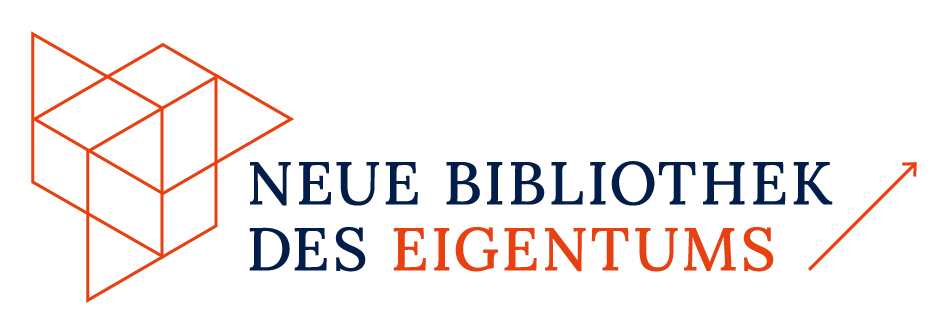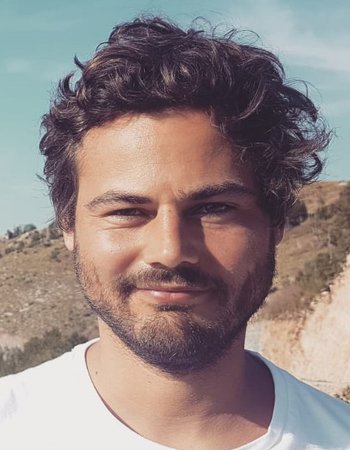(Media) Ownership in the digital structural transformation of the public sphere

Outline
The dual transformation of (media) property and the public sphere, observable since the rise of the internet in the 1990s, can provisionally be described as follows: On the one hand, digital technologies have democratized media ownership, weakening the gatekeeping role traditionally held by mass media and transforming audiences into communicators. On the other hand, social media platforms have predominantly adopted private-sector capitalist organizational models. Today, major digital corporations integrate media organizations, journalism, and audiences into hierarchical ecosystems, thereby consolidating positions of political and economic power. Beyond the frequently analyzed commodification of attention in oligopolistic media markets, there is now a tendency toward the privatization not only of specific nodes within the public sphere but also of the public sphere as infrastructure. This development entails the commercial capturing of media organizations and the fundamental lifeworld conditions of journalism, opening new avenues for expropriation or exploitation (e.g., of digital traces) and the structuring of communicative activities in society. The project seeks to generate theoretically and empirically grounded insights into whether, in line with the promise of democratizing communication tools, these changes continue to entail less content control compared to mass media and what effects might be expected on opinion formation processes within political public spheres.
Fundamentally, the project aims to define more precisely the role of property —broadly understood to encompass resources essential to life, production, and communication—and its distribution, thereby addressing a blind spot concerning property questions prevalent in public sphere theory today. The planned literature review will first undertake a historical-systematic approach and subsequently assess the current (digital) dual transformation against the backdrop of various critical public sphere theories. The primary guiding question is: What connections between transformations in ownership and the public sphere can be identified in the literature, and what ownership structures underpin different conceptualizations of democratic publics?
Media property, understood as control over socially significant communication resources, plays a pivotal role in the transformation of the public sphere because it influences what is discussed, as well as where, when, how, and what becomes politically relevant. The empirical part of the project addresses the transformations of media property through document analysis, interview studies, and network analyses. It investigates emerging oligopolistic and capitalist processes of media concentration due to the platformization and hybridization of media systems. The hypothesis is that major digital corporations indirectly capture media organizations and the essential lifeworld conditions of journalism through strategies aimed at intellectual monopolization and socio-technical infrastructure control. It is necessary to clarify which inclusion and exclusion strategies digital corporations adopt concerning media organizations within ecosystem formation, the extent of their success, and the formal or informal assessments, justifications, and applications of market and negotiating power determining successful integration. Thus, the second guiding question is: Which social embeddings and practical-functional equivalents to media ownership emerge in hybrid media systems?
Finally, connecting the two studies, the third and final question is: What implications does the transformation of media property have for the ongoing structural transformation of the public sphere?



